The Wind and the Lion
7 /10 1 Votes
Duration Country United States | 7/10 IMDb Genre Action, Adventure, Drama Initial DVD release January 6, 2004 Language English | |||||||||||||||||||||||||||||||||
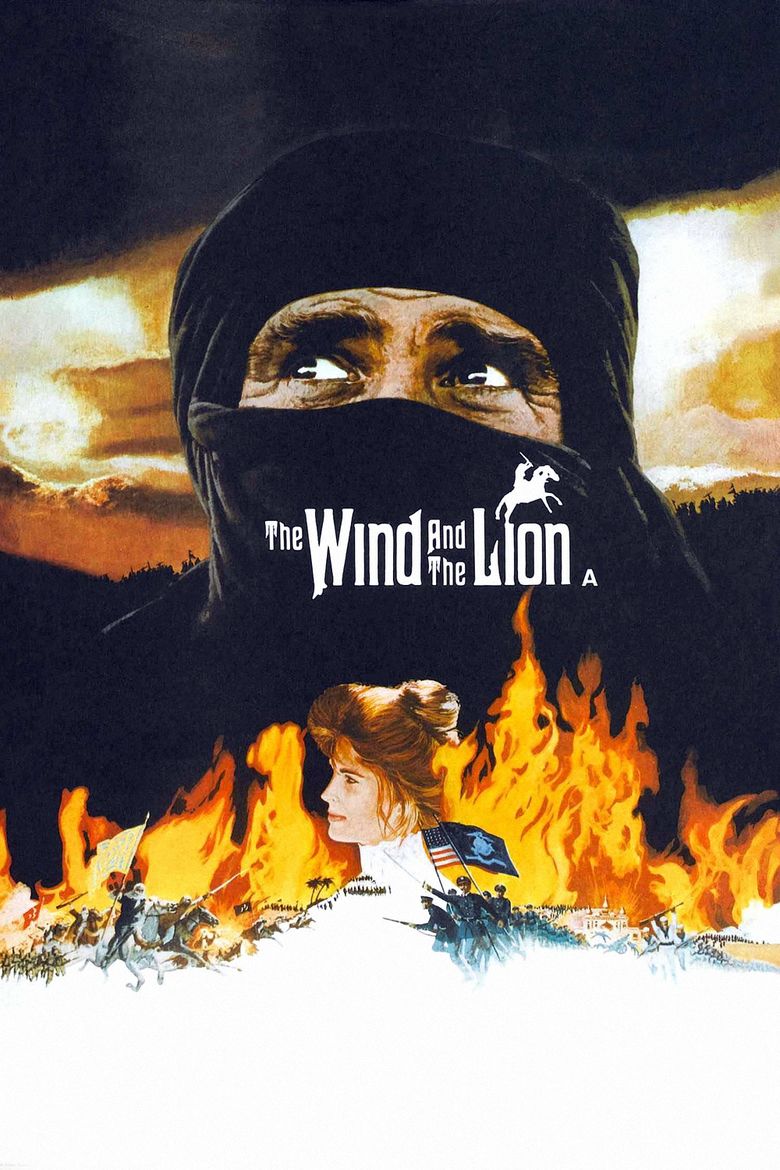 | ||||||||||||||||||||||||||||||||||
Release date May 22, 1975 (1975-05-22) (New York City) Cast (Mulai Ahmed er Raisuli), (Eden Pedecaris), (Theodore Roosevelt), (John Hay), (Samuel Gummere), (Capt. Jerome) Similar movies Night at the Museum , Teddy The Rough Rider , Jericho , Hideous Kinky , Lupin the Third: The Secret of Twilight Gemini , Matt Shepard Is a Friend of Mine Tagline Between the wind and the lion is the woman. For her, half the world may go to war. | ||||||||||||||||||||||||||||||||||
The wind and the lion original theatrical trailer
The Wind and the Lion is a 1975 MGM adventure film in Panavision and Metrocolor, produced by Herb Jaffe and Phil Rawlins, written and directed by John Milius, that stars Sean Connery, Candice Bergen, Brian Keith, and John Huston. The film was loosely based on the real-life Perdicaris incident of 1904. The film was distributed in the U.S. by United Artists and overseas by Columbia Pictures.
Contents
- The wind and the lion original theatrical trailer
- The wind and the lion soundtrack suite jerry goldsmith
- Plot
- Production
- Critical response
- Awards and honors
- Novel
- Music
- Home media
- References
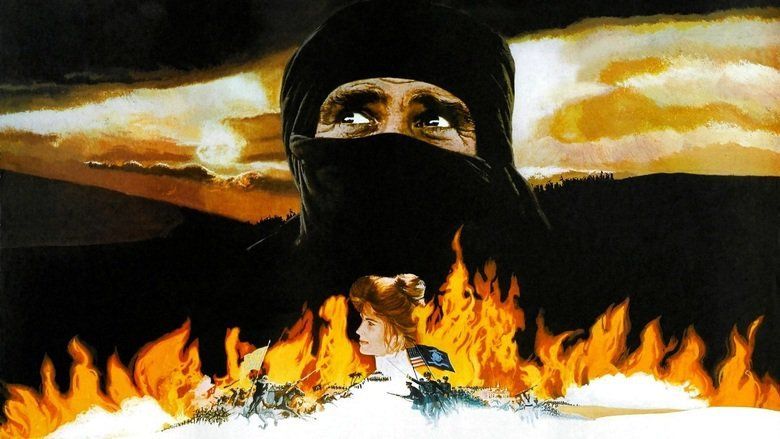
The wind and the lion soundtrack suite jerry goldsmith
Plot
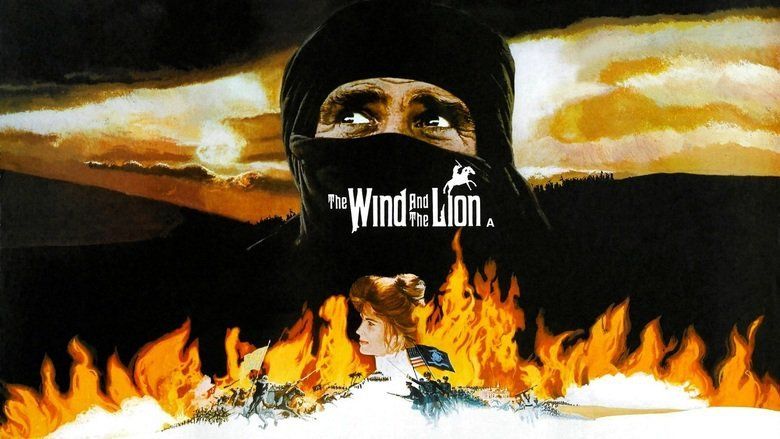
During 1904, Morocco is the source of conflict among the powers of Germany, France, and the British Empire, each of which is trying to establish a sphere of influence in that country. Mulai Ahmed er Raisuli is the commander of a band of Berber insurrectionists opposed to the young Sultan Abdelaziz and his uncle, the Bashaw (Pasha) of Tangier, whom Raisuli considers corrupt and beholden to the Europeans. He kidnaps Eden Pedecaris and her children, William and Jennifer, in a raid on their home, during which Sir Joshua Smith, a British friend of Eden's, is killed. Raisuli then issues an outrageous ransom demand, deliberately attempting to provoke an international incident in order to embarrass the Sultan and start a civil war.
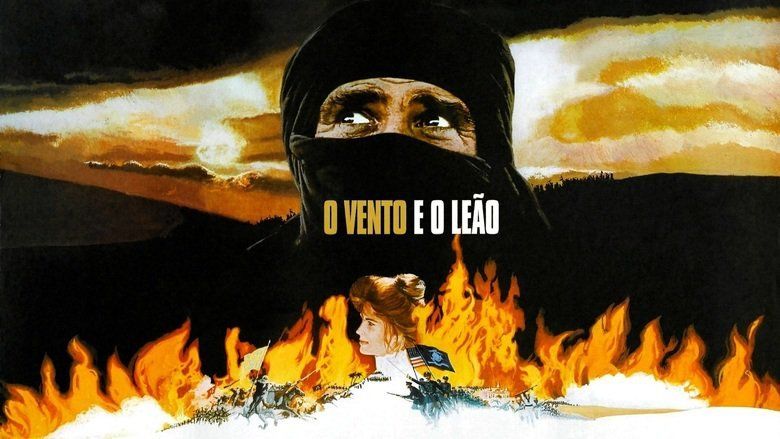
In the United States, President Theodore Roosevelt is seeking election to a full term. He decides to use the kidnapping as both political propaganda (coining the phrase "Pedecaris alive or Raisuli dead!") and as an effort to demonstrate America's military strength as a new world power, despite the protests of his cautious Secretary of State, John Hay.
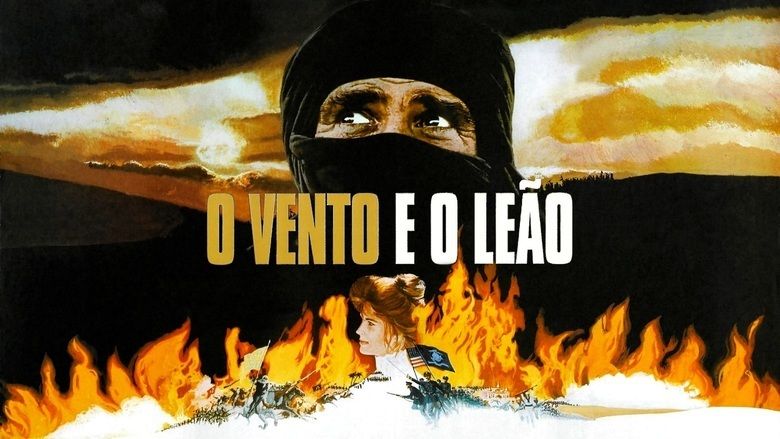
The American Consul to Tangier, Samuel Gummere, is unable to negotiate a peaceful return of the hostages, so Roosevelt sends the South Atlantic Squadron, under the command of Admiral French Ensor Chadwick, to Tangier, either to retrieve Pedecaris themselves or to force the Sultan to accede to Raisuli's demands. Roosevelt finds himself gaining more and more respect for Raisuli, thinking him an honorable man who just happens to be his enemy.

The Pedecarises are kept as hostages by Raisuli in the Rif, far from any potential rescuers. Though her children seem to admire Raisuli, Eden finds him "a brigand and a lout". The Pedecarises attempt an escape, helped by one of Raisuli's men, but they are betrayed and given to a gang of desert thieves. Luckily, Raisuli has tracked them and kills the kidnappers with rifle and sword. He reveals that he does not have any intention of harming the Pedecarises and is merely bluffing. Eden and Raisuli become enamored of each other as Raisuli reveals his story, that he was once taken captive by his brother, the Bashaw, and kept in a dungeon for several years.
Gummere, Chadwick and his aide, Marine Captain Jerome, tire of the Sultan's perfidy and the meddling of the European powers and decide to engage in "military intervention" to force a negotiation by seizing the actual seat of power, the Bashaw's palace in Tangier. Jerome's company of Marines, supported by a small detachment of sailors, march through the streets of Tangier, much to the surprise of the European legations, whose forces are with the Sultan at distant Fez, and overwhelm the Bashaw's palace guard, taking the Bashaw hostage and forcing him to negotiate.
Under such coercion, the Bashaw finally agrees to accede to the Raisuli's demands. But during a hostage exchange, Raisuli is betrayed and captured by German and Moroccan troops under the command of Von Roerkel, while Jerome and a small contingent of Marines are present to secure the Pedecarises. While Raisuli's friend, the Sherif of Wazan, organizes the Berber tribe for an attack on the Europeans and Moroccans, Eden attacks Jerome and convinces him and his men to rescue the Raisuli to uphold the word of President Roosevelt that he will be unharmed if the Pedecaris family are returned safely.
A three-way battle results, in which the Berbers and Americans team up to defeat the Germans and their Moroccan allies, rescuing Raisuli in the process. In the United States, Roosevelt is cheered for this great victory, and the Pedecarises arrive safely back in Tangier. Roosevelt reads a letter he received from Raisuli, comparing the two men (thus explaining the title): "I (Raisuli), like the lion, must remain in my place, while you, like the wind, will never know yours".
Production
The film was a co production between MGM, then under the control of Daniel Melnick, and Columbia Pictures, then run by Peter Guber. It was produced by Herb Jaffe making his first film as an independent after five years as head of production at United Artists.
Milius originally wanted Omar Sharif to play Raisuli and Faye Dunaway to play Eden Perdicaris, but Sharif refused the part and Dunaway became ill due to exhaustion, having to be replaced at short notice by Bergen. Anthony Quinn was also considered for Raisuli. Milius said he wrote the part of Eden with Julie Christie in mind, although she may not have actually been approached for the role.
Milius wanted Orson Welles to play newspaper magnate "Charles Foster Kane" (the name of his character in Citizen Kane) in the film, but the studio would not let him as they were worried about being sued by RKO. Instead, he used the character of William Randolph Hearst.
Filming was done in Spain, with the towns of Seville, Almeria, and Madrid all doubling for Tangier and Fez, and the "Washington" scenes being filmed in and around Madrid. For the deserts of Morocco, Milius used many locations in the Almeria region, some of which had been previously used in historical epics such as Lawrence of Arabia and El Cid, as well as several Spaghetti Westerns; Milius claims to have discovered the beach where Raisuli rescues the Perdicaris family after their escape. The scene at Yellowstone National Park (where Roosevelt gives his famous grizzly bear speech) was filmed in the Meseta Central, north of Madrid. These latter two locations would each re-appear in Milius' 1982 film Conan the Barbarian. The Marines and sailors used in the Tangier attack scene were Spanish special forces troops, along with a handful of U. S. Marine Corps advisers, who marched with precision through the streets of Seville and Almeria en route to the Bashaw's palace. According to Milius (on the DVD commentary), the U. S. Marine Corps actually shows this scene to its advanced infantry classes for midshipmen at the U. S. Naval Academy.
According to Milius, virtually all of the film's stunts were performed by Terry Leonard. Leonard was the stunt coordinator and did some of the stunts and also has a minor part as Roosevelt's boxing opponent early in the film. Milius claims that only four American stunt men were used in the entire final battle scene; the number of Spanish stunt men was close to twenty throughout the filming. He and Leonard have defended the film against criticism for alleged "animal cruelty", claiming that not a single horse was seriously hurt during filming. While filming this scene, Antoine Saint-John revealed himself to be terrified of horses, and would often hide somewhere on the set when his sword fight with Sean Connery was to be filmed.
Several of the crew are cast, most notably the cinematographer, Billy Williams (perhaps best known for Ken Russell's 1969 film Women in Love), plays the gun-shooting, white-suited Englishman Sir Joshua Smith in the opening scenes of the attack at the Pedecaris villa. The special effects supervisor Alex Weldon appears as Roosevelt's Secretary of War, Elihu Root, and Milius himself cameos as the one-armed German officer who gives the Sultan his Maxim gun to test-fire ("Herr Sultan is displeased?").
Milius later said he did not particularly enjoy working with Candice Bergen or Sean Connery, particularly Connery because he was so "sour and dour". He did greatly admire Connery's performance, however, whereas he felt Bergen's acting range was extremely limited, and she was only concerned with looking good.
Critical response
The Wind and the Lion debuted in New York during May 1975 and Britain in October. Additionally, the Writers Guild of America nominated Milius' screenplay. The film was also a financial success, though Steven Spielberg's hit film Jaws distracted attention away from it.
Shortly after its release, the film was screened for U. S. President Gerald Ford and his staff, who reportedly loved it.
The film holds a 75% "Fresh" rating on the review aggregate website Rotten Tomatoes, based on 12 critical reviews.
Awards and honors
The film was nominated for two Academy Awards; Jerry Goldsmith for Best Original Score and Harry W. Tetrick, Aaron Rochin, William McCaughey, Roy Charman for Best Sound Mixing.
The film is recognized by American Film Institute in these lists:
Novel
A novel based on Milus's film was published by Award Books in January 1975. Based on the screenplay, the story is slightly different from the finished film, with several additional scenes (notably, Eden Perdicaris taking a bath at Raisuli's palace and Gummere watching the Atlantic Squadron arrive in Tangier) included, and the story's chronology slightly different. The first printing included a chapter about production events and brief biographies of the cast and crew.
Music
The score to The Wind and the Lion was composed and conducted by Jerry Goldsmith. True to the style of such Golden Age scores as Maurice Jarre's Lawrence of Arabia, Goldsmith used a diverse ensemble that relied heavily upon a large percussion section and a variety of Moroccan instrumentation. The music went on to garner Goldsmith an Academy Award nomination for Best Original Score though he lost to fellow composer John Williams for Jaws. It is often regarded as one of the best scores of his career and was one of the American Film Institute's 250 nominees for the top 25 American film scores.
Home media
In Region 1, Warner Home Video released the film on DVD on January 6, 2004, featuring a brief production featurette, the theatrical trailer, and a commentary by Milius. Sony Pictures Home Entertainment has released a bare-bones DVD in Australia (R4) and in several European markets (Region 2), notably Germany, though not yet in the United Kingdom (the Sony release is English-friendly though).
A Blu-ray edition of the film from the Warner Archive Collection was released on April 29, 2014.
References
The Wind and the Lion WikipediaThe Wind and the Lion IMDb The Wind and the Lion themoviedb.org
